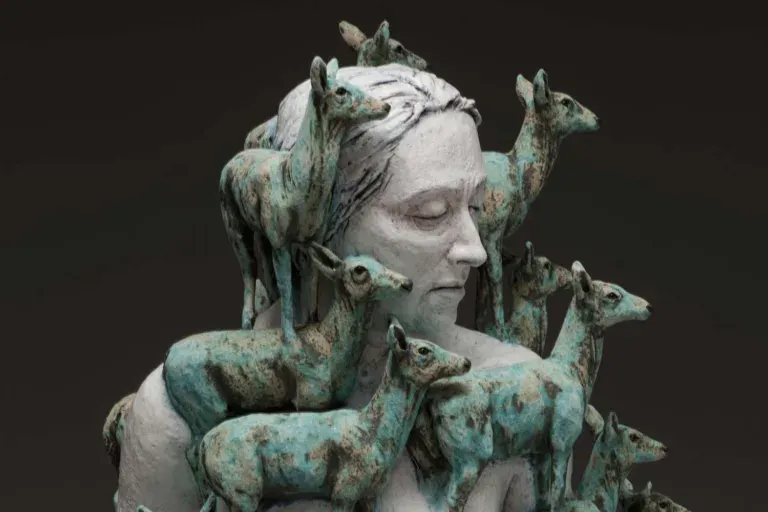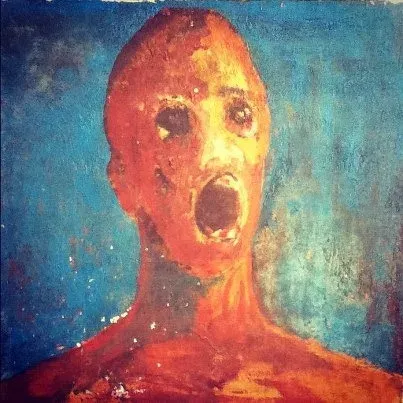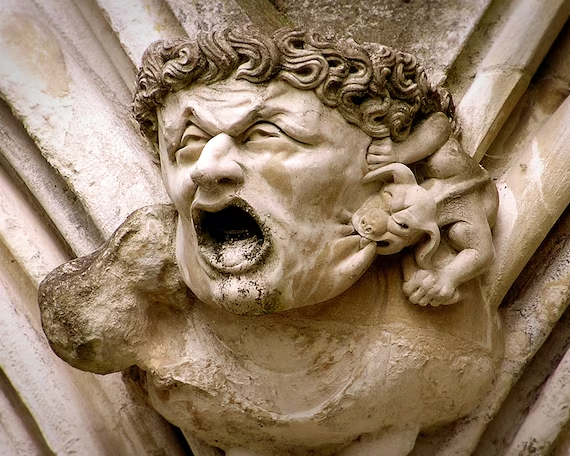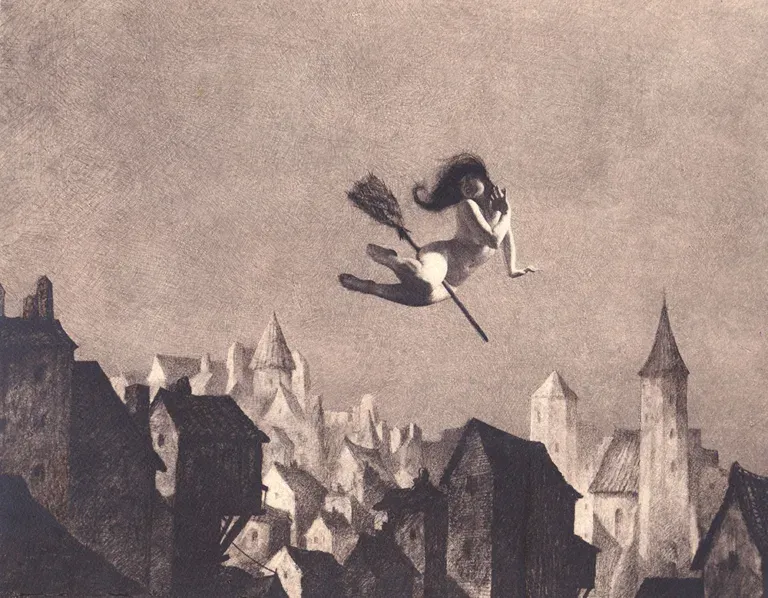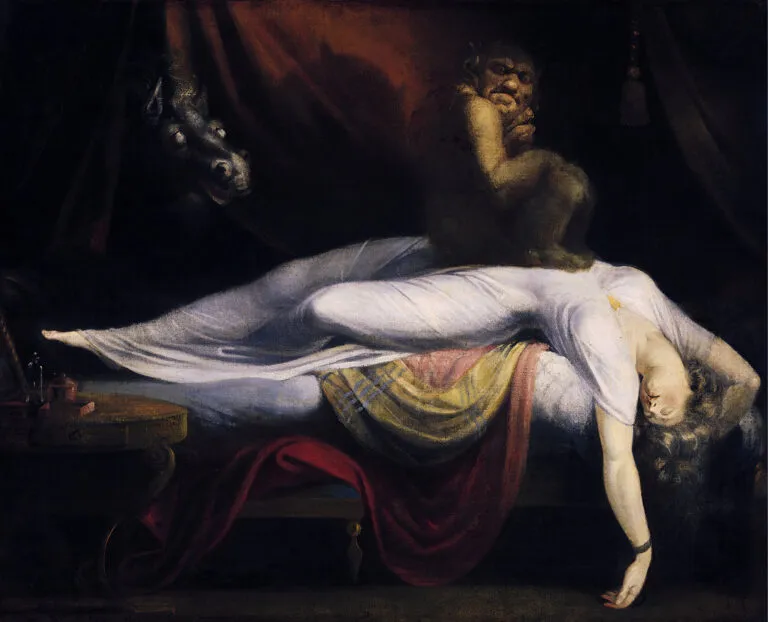Nō Theatre: Ancient Unrest
The frightening masks of Nō Theatre represent one of the most unsettling and fascinating aspects of this ancient art form. At the heart of these masks lies a subtle darkness, a primal fear rooted in the unknown. The Nō masks are much more than mere theatrical accessories: they embody deep and universal emotions, and when it comes to horror, few artistic forms can express terror with such elegance and power.
 The Hannya Mask: The Face of Horror
The Hannya Mask: The Face of Horror
One of the most feared faces of Nō Theatre is that of Hannya, the ultimate symbol of horror. This mask represents a vengeful spirit, a demon born from the jealousy and pain of a betrayed woman, transformed into a hellish entity. The sharp horns, fiery eyes, and devilish smile create a disturbing image capable of evoking the deepest terror.
The subtle craftsmanship of the Hannya masks conveys a chilling dualism: when viewed head-on, it appears fierce and terrifying, but from certain angles, the face seems to express pain and despair. This adds an emotional complexity that captures the viewer in an unsettling and tragic atmosphere, making the character not only frightening but also profoundly human in its torment.
The Power of Nō Masks
The Nō masks are not simple coverings for the actor’s face; they carry an almost supernatural presence. Their static nature is paradoxically dynamic: depending on the light, the actor’s posture, and movements, a mask can change expression, shifting from calm to fury, from innocence to madness. It is in this transformation that the most sinister aspect of Nō Theatre resides: the ability to evoke horror not through rapid action, but with disturbing stillness and slow, measured movements.
 Yase-otoko: The Face of Death
Yase-otoko: The Face of Death
Another terrifying mask from Nō Theatre is the Yase-otoko, which represents the emaciated face of a corpse. Often used to portray the spirits of tormented men, this mask carries the anguish of death and suffering. The hollow cheeks, taut skin, and expression of pain evoke deep desolation, reminding one of the primal fear of the dead returning from the realm of the deceased, typical of Japanese ghost stories.
The Spirit Dramas in Nō
The stories performed in Nō, called mugen-nō (spirit dramas), mainly tell of restless spirits returning from the realm of the dead to torment the living. The combination of austere movements, guttural singing sounds, and demonic masks creates a sensory experience capable of instilling fear in a subtle yet lasting way. The audience is not just a passive witness to the performance; they become part of a liminal world where the boundary between the realm of the living and that of the dead dissolves, leaving space for a dimension of mystical and undefined terror.
The True Horror of Nō Theatre
The masks of Nō Theatre, therefore, do not simply represent monsters or demons. The true horror they embody is that of the unspoken, the unseen, the inexplicable. It is the horror of the unconscious, where every fold of those static faces can conceal a story of revenge, suffering, or madness. The darkness of Nō Theatre slowly seeps into the soul of the spectator, like a shadow that cannot be cast away, for it does not reside in what is seen but in what is perceived. A subtle, almost imperceptible terror that is rooted in the deepest fears of humanity.

Subscribe to our YouTube channel
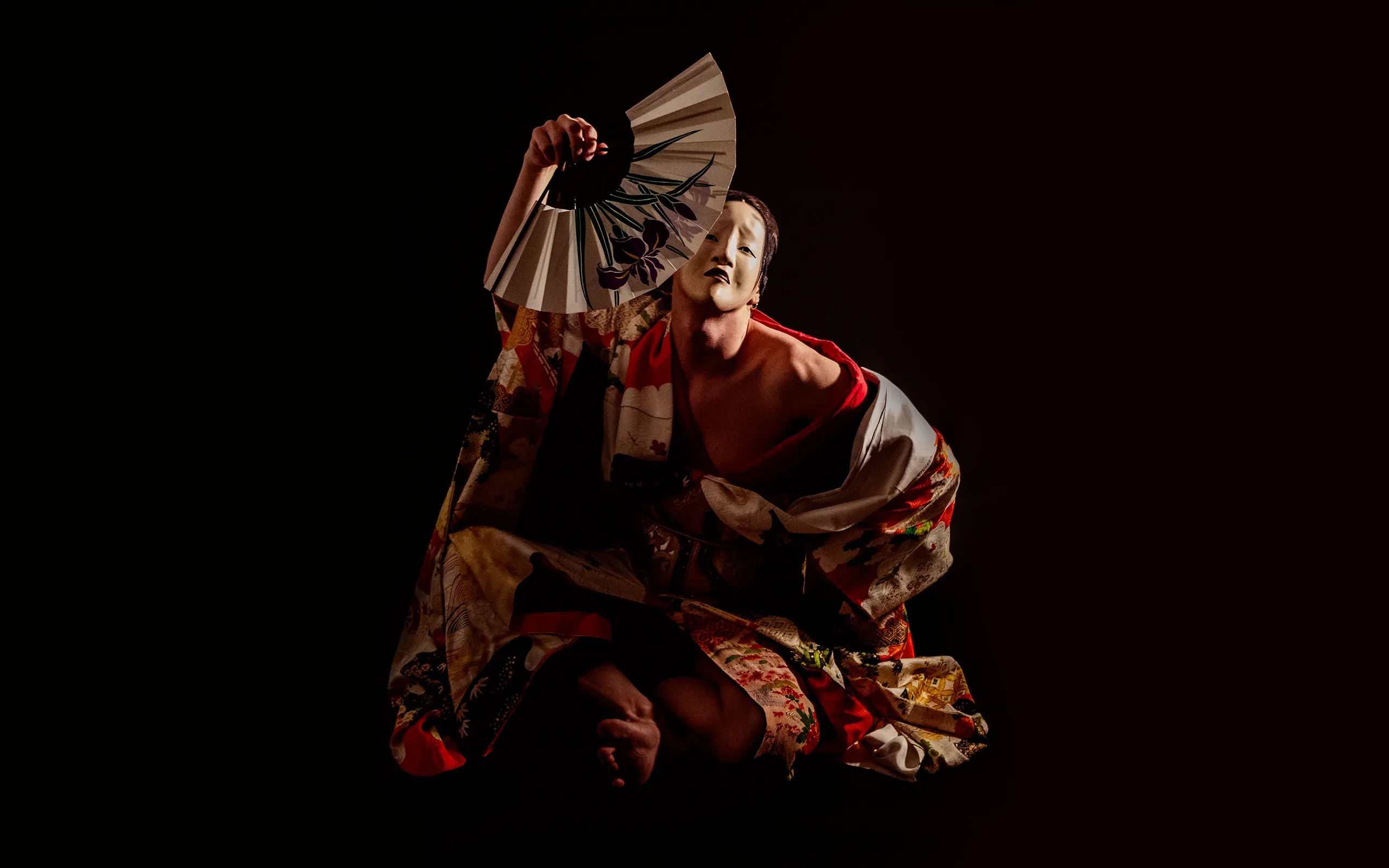
 The Hannya Mask: The Face of Horror
The Hannya Mask: The Face of Horror Yase-otoko: The Face of Death
Yase-otoko: The Face of Death
